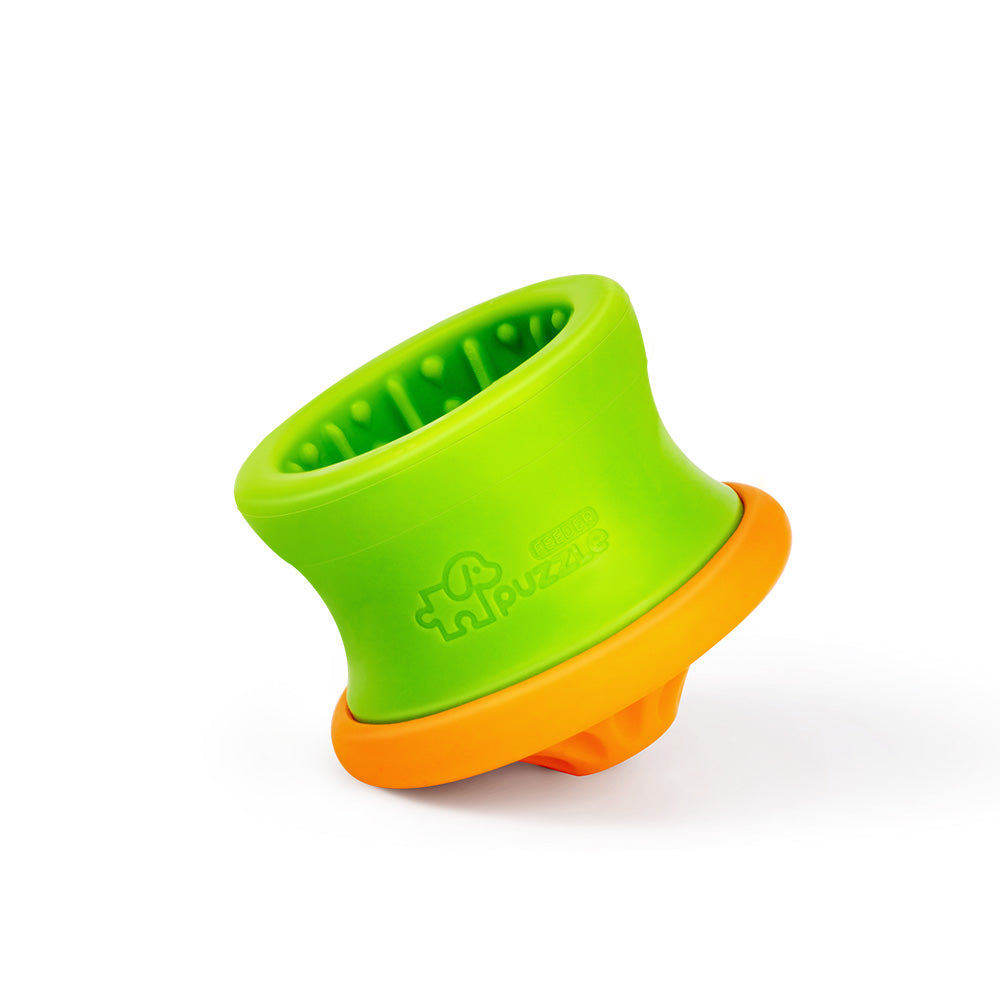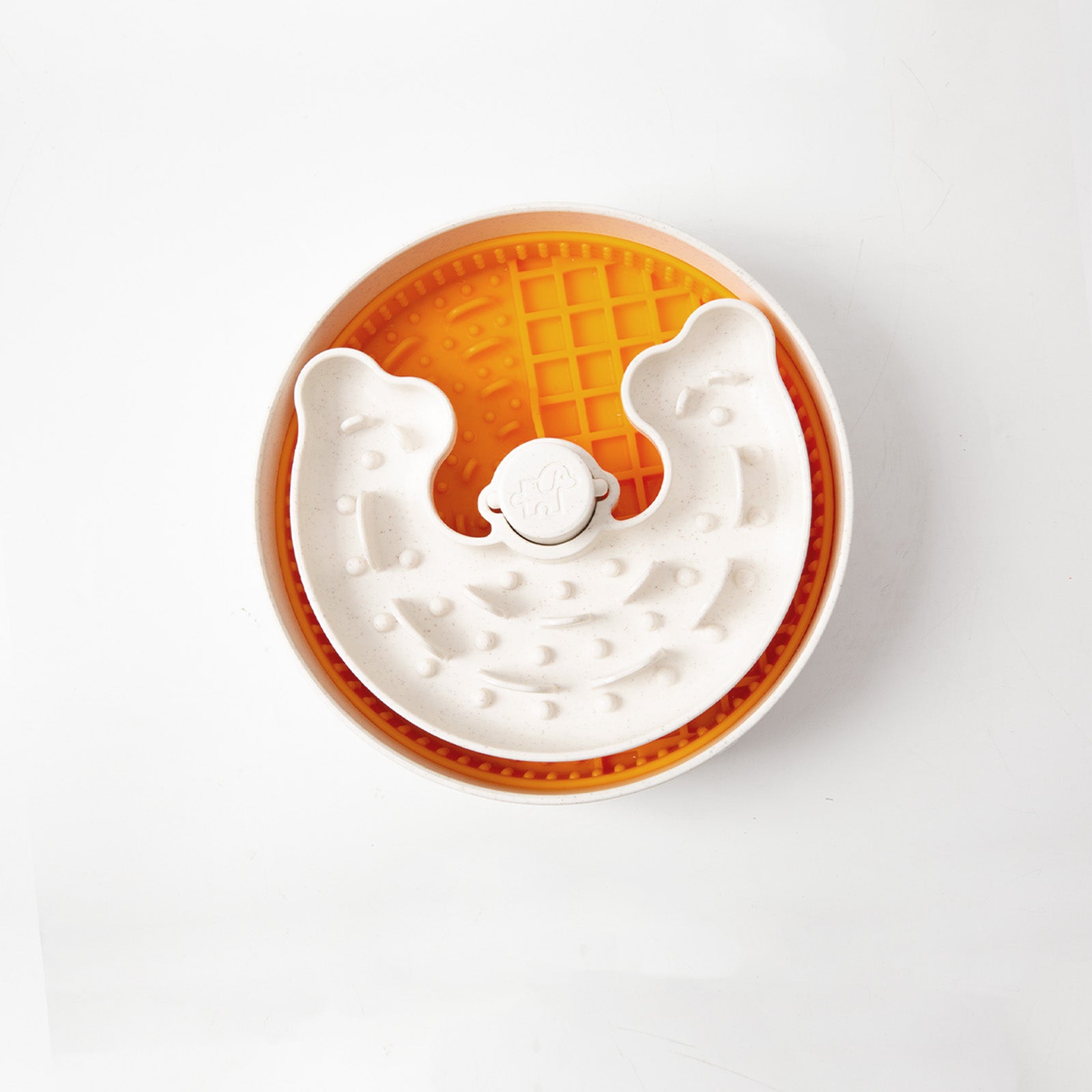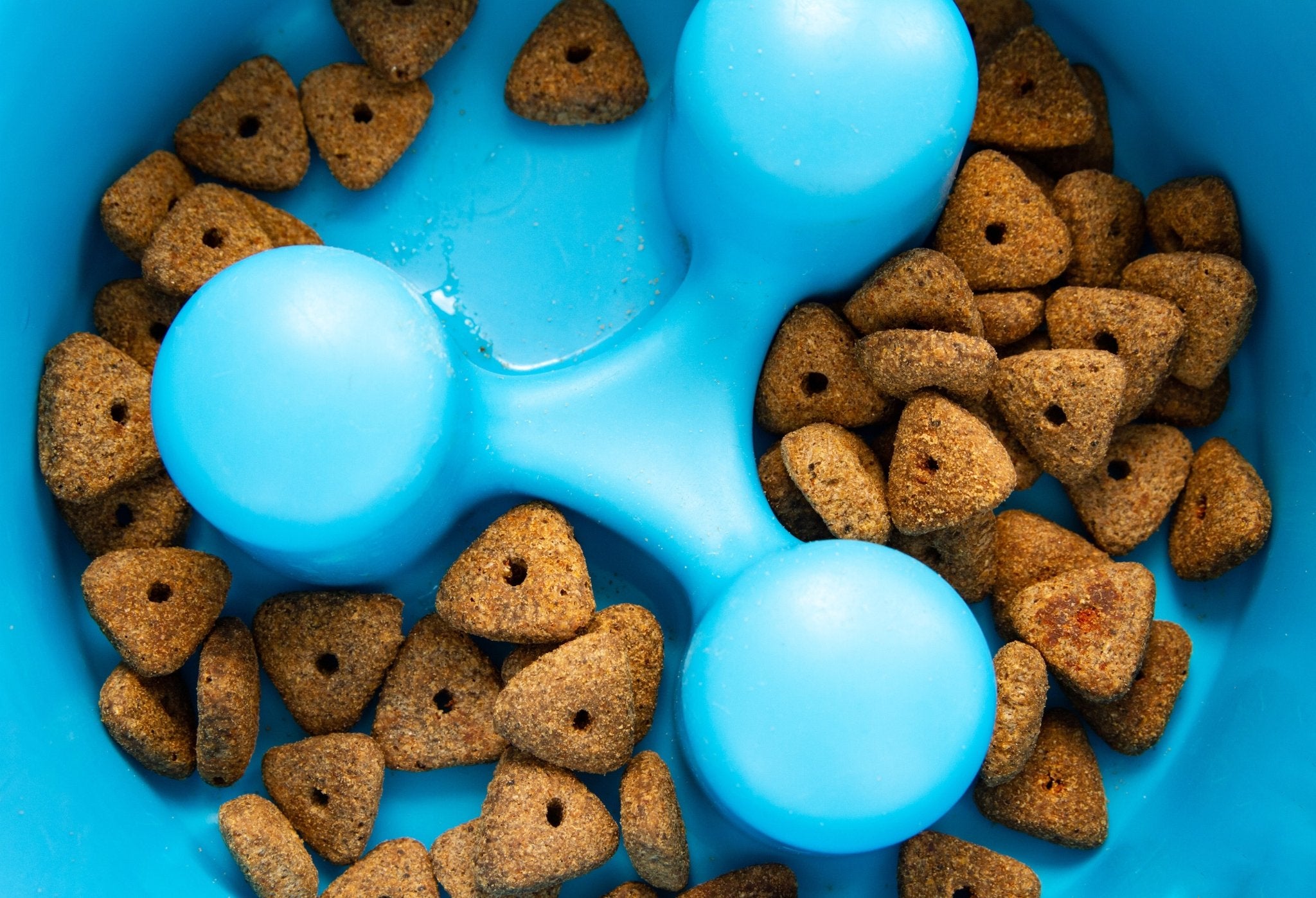Understanding dog choking - Signs and symptoms
Recognizing the signs of choking in dogs is crucial for quick intervention. A key aspect to watch for is difficulty breathing. Dogs experiencing choking may exhibit the following symptoms:
- Pawing at their mouth or face frantically
- Gagging or retching motions
- Coughing forcefully
- Struggling to inhale
- Excessive drooling
- Visible panic or distress
Of particular significance is the dog's gum color. If you notice blue or purple tinted gums, this indicates a severe lack of oxygen and requires immediate emergency care.
Noteworthy is the difference between choking and coughing. While both involve forceful exhalation, a choking dog will have difficulty inhaling air into their lungs. This distinction is crucial for proper assessment.
A crucial factor in identifying choking is the dog's overall demeanor. Choking dogs often appear frantic, pacing anxiously or pawing at their face repeatedly. In severe cases, loss of consciousness may occur if the airway remains blocked.
To determine if your dog is choking, carefully observe their breathing pattern. Choking dogs struggle to take in air, whereas coughing dogs can inhale normally between coughs. This subtle difference can help distinguish between a choking emergency and other respiratory issues.
What to do if a dog is choking - Immediate actions

If you suspect your dog is choking, take these immediate steps:
- Check the gums: Look at your dog's gum color. Pink gums indicate they can still breathe, while blue or purple gums signal a severe lack of oxygen.
- Open the mouth: Carefully open your dog's mouth and look for any visible obstructions in the throat or back of the mouth. If you can see an object, try to gently remove it with your fingers or tweezers.
- Perform a finger sweep: If it's safe to do so, sweep your finger along the inside of your dog's mouth and throat to dislodge any objects. Be cautious to avoid pushing objects further down.
- Use the Heimlich maneuver: For small dogs, hold them with their back against your chest and apply quick upward thrusts to the abdomen. For larger dogs, place your arms around their belly and push firmly upwards and forwards behind the rib cage.
- Chest thrusts: If the Heimlich doesn't work, try laying your dog on their side and applying sharp taps between the shoulder blades.
If these actions don't quickly resolve the choking, rush your dog to the nearest veterinary emergency clinic immediately. Even after successfully dislodging an object, it's crucial to have your dog examined by a vet to check for any internal damage.
Remember, prevention is key. Always supervise your dog during meals and playtime, choose appropriately sized toys, and consider using slow-feeder bowls to reduce the risk of choking incidents.
How to stop a dog choking - Heimlich maneuver for dogs
If your dog is choking and you're unable to remove the obstruction by hand, performing the Heimlich maneuver may be necessary to save a dog from choking. Here's how to perform this potentially life-saving technique:
For small dogs:
- Hold the dog with its back against your chest
- Place your hands just below the rib cage
- Using the palm of your hand, apply firm pressure upwards and inwards 5 times in quick succession
- Check the dog's mouth and remove any dislodged objects

For medium to large dogs:
- If the dog is standing, place your arms around its abdomen
- Make a fist with one hand and place it just behind the rib cage
- Grasp your fist with the other hand and pull sharply upwards and forwards 5 times
- If the dog is lying down, place one hand on its back for support
- Use the other hand to push the abdomen upwards and forwards
After performing the Heimlich maneuver, always check your dog's mouth to remove any dislodged objects. This dog choking help technique can be repeated if necessary.
Additional tips to unchoke a dog:
- For very small dogs, hold them upside down by their thighs and gently shake
- For larger dogs, lift their back legs like a wheelbarrow to tilt their body downwards
- Deliver sharp blows between the shoulder blades if other methods aren't working
Remember, speed is crucial when trying to stop a dog choking. If these methods don't work within a couple of minutes, immediately transport your dog to the nearest veterinary clinic for emergency care.
How to Prevent Dog Choking With a Slow Feeder Bowl

One of the main reasons dogs choke in the first place is eating too fast. Using a slow feeder bowl, like a Puzzle Feeder, is a great way to slow your dog's eating pace with minimal effort and maximal fun!
Puzzle Feeders challenge your dog to solve puzzles, like mazes or eating off of a moving bone, which slows their eating pace by up to 15X.
These slow feeders are dishwasher safe, are free of harmful chemicals like BPA, and are customizable. Try a licking mat, or our Puzzle Tumbler, which provides even more fun!


















댓글 남기기
모든 댓글은 게시 전 검토됩니다.
이 사이트는 hCaptcha에 의해 보호되며, hCaptcha의 개인 정보 보호 정책 과 서비스 약관 이 적용됩니다.